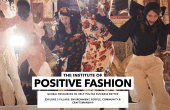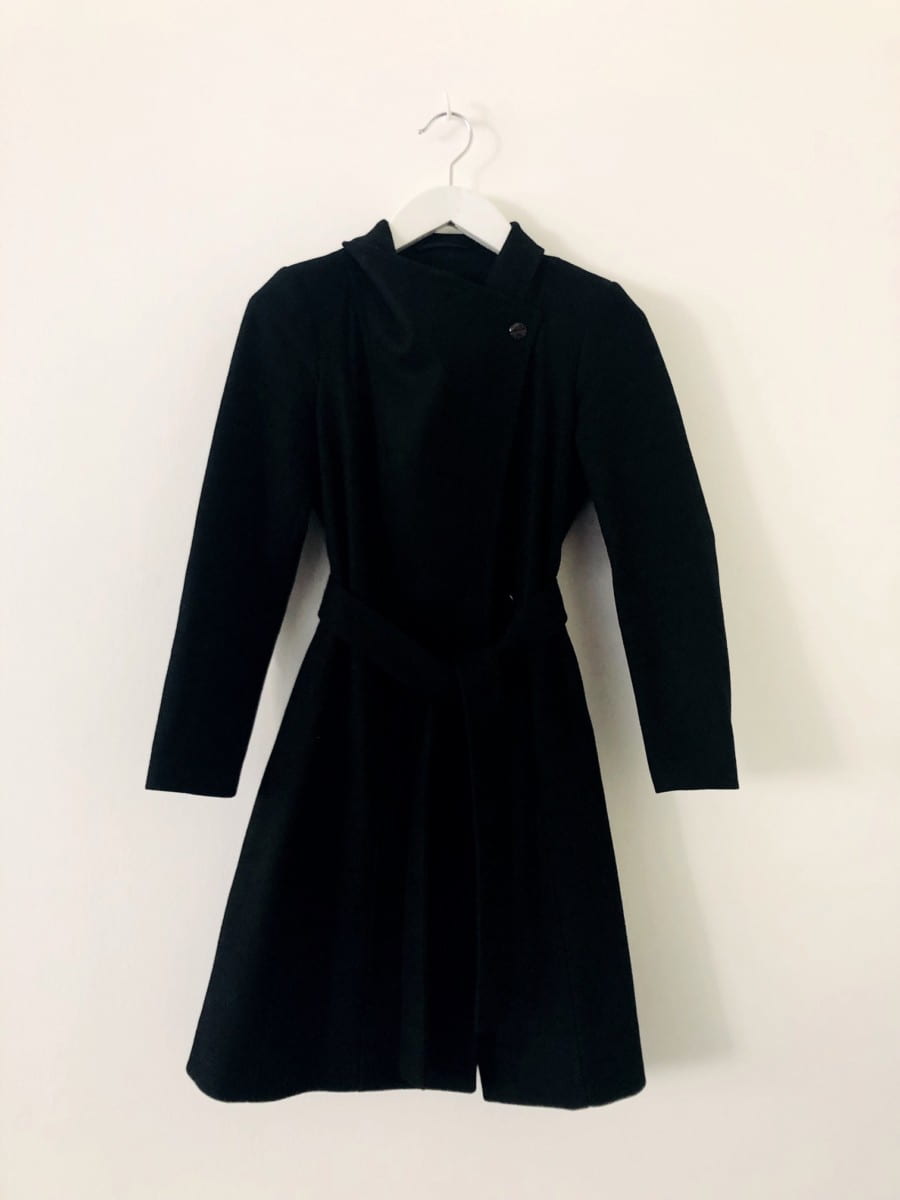The Advantage Of Vintage

At what point in the history of an item of clothes does pre-worn become second-hand, become retro, become vintage? Recycling clothes and buying clothes that have at least one previous owner is vital for an environmentally sustainable future. Luckily, the preference for vintage has caught on and vintage clothes are now a key part of every fashionable person’s wardrobe. A change in attitudes amongst other factors has contributed to the growth of the vintage trend including a change in values, the inclusion of vintage inspirations used in current designs by fashion designers, and in the trends marketed by the forecasting sector, eco-sustainability, the media, and technology.
Vintage has become such a big business that in the United States thirty-five tonnes of second hand printed T-shirts are sorted every day and eight million kilos of second-hand clothes are sold for export every year.
The organic rebranding of second-hand clothes as vintage fashion is no bad thing for the environment and I hope that will last.
Vintage consumers and vintage retailers now appear to share the viewpoint of the movement towards vintage fashion. Assisted by a reaction against mass-produced fast fashion, consumers strive for more individuality in their styling and garments. Eco-fashion and sustainable fashion ideals have emerged as solutions to the environmental issues that are currently inherent in the industry’s manufacturing processes, which have government and pressure group support.
However, we must also be on guard for cynical marketing ploys that try to undermine or debase the vintage label. Whatever name it goes by, the passing on and reusing of clothes reduces our consumption of newly manufactured goods, and after all, one man’s rags are another man’s riches.




